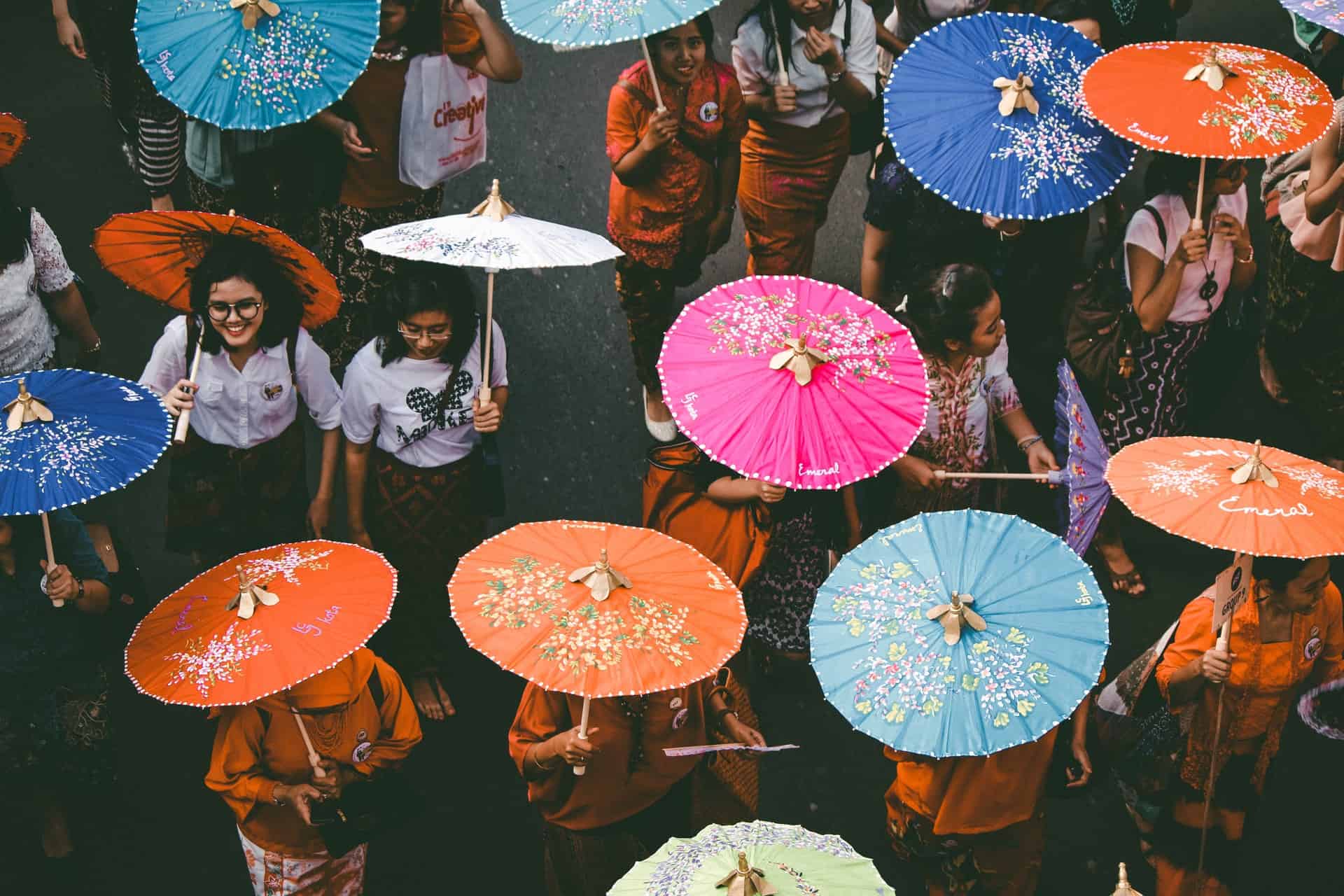
Photo by Pradamas Gifarry on Unsplash
Before becoming what it is today, Jakarta, or used to be known by the name of Batavia, was an international harbor located on the trading road. So, many foreign traders or colonials came and went into this city that has the nickname of The Big Durian. Because of that, Jakarta has 3 foreign cultural heritages that still can be seen until now. What are those cultural heritages? Check it out!
1. Arabic and Indian Cultures
These cultures bequeath two mosques that were built in the 18th and 19th centuries in the Old Batavia area. Those mosques are An-Nawier Mosque and Langgar Tinggi Mosque in Pekojan. The name of Pekojan itself was taken from the name of an area in India, which is “Khoja” or “Kaja”. Now, this area is better known by the name of Kampung Arab (Arabian Kampong) located in West Jakarta because this area is dominated by Arabian people living in this area. Before that, this area was dominated by Moslem Indian people from Bengal. The An-Nawier Mosque was the biggest and oldest mosque in Old Batavia. This L-shaped mosque can accommodate up to 2.000 people. There are 33 pillars that supported the roof of this mosque, which symbolize the number of Zikr (devotional acts in Islam) that are usually done after every prayer.
Then, to get to Langgar Tinggi Mosque, you will pass a bridge that is called Jembatan Kambing (goat bridge) on the Angke River. It is called that because this bridge was used to connect the way to a goat slaughterhouse. Right now, there are still Arabian people that have goats and resell them. The Langgar Tinggi Mosque is located by the river of Angke. It is named Langgar Tinggi because, at that time, a two-story mosque was a rare building. The architectural style of this mosque is a mixture between moroislam and colonial so you can see the elements of Chinese, Javanese, and European.
2. Chinese Culture
China and Indonesia has a close relationship since the first century BC. Even numerous princesses of China married a king in several regions in Indonesia. In the Batavia era, the Netherlands needed the Chinese community. But, those communities could only live outside the city border and behind the city wall. That area is now known as Jakarta’s Chinatown, which is Glodok. Numbers of Chinese heritage buildings can still be seen now, one of them is Toko Merah. Besides Toko Merah, there is also the Petak Sembilan area where you can find shops that sell candies, Chinese medications, also knick-knacks, and Chinese restaurants. This area becomes very lively during Chinese New Year with the lanterns and the Barongsai dance.
3. European Colonial Culture
The first European people that stepped into Java Island were the Portuguese. The Portuguese were looking for legendary spices in Indonesia. Even though they didn’t dominate the whole island, but there are some heritages in Jakarta which are 2 Portuguese churches and the keroncong music. The two churches are Portuguese Tugu Church and Sion Church. The Portuguese Tugu Church was built for the slaves that worked for the Portuguese at that time. Even though the building is quite humble, now people still celebrate Christmas accompanied by the keroncong music and some dances. Meanwhile, the Sion Church is one of the Portuguese heritages that is also the oldest church in Jakarta. The next Portuguese heritage is the keroncong music, which was introduced by the sailors and the slaves from the trade ship in the 16th century. Keroncong had an acculturation process in Jakarta with a touch of flute and gamelan orchestra.

